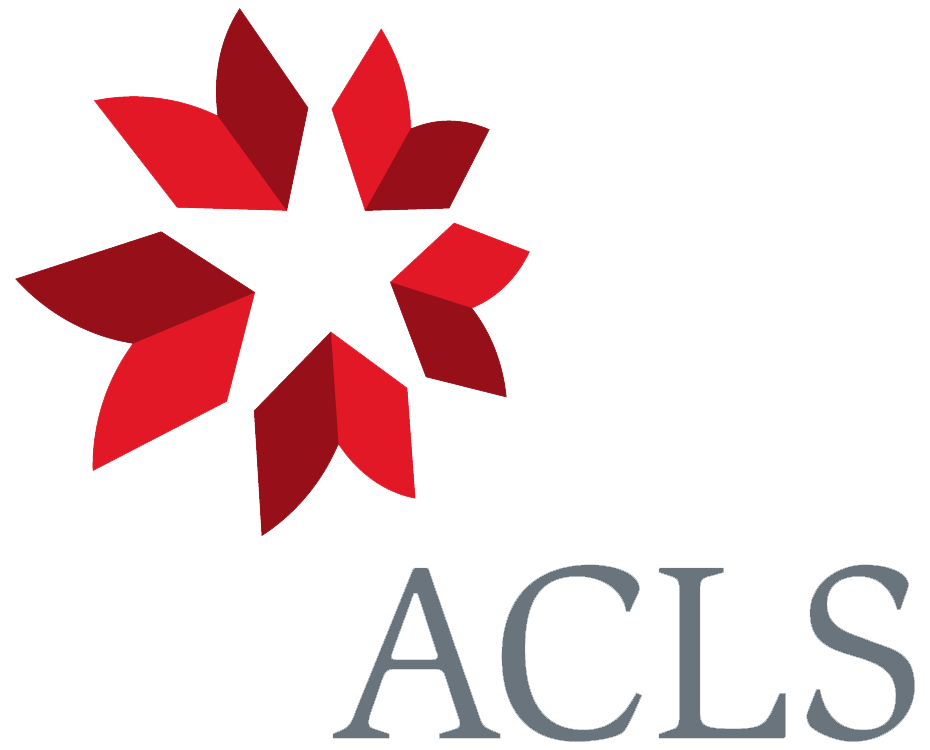Despite the prior difficulties experienced by both photographer and sitter, it is evident that Ernest Edwards portrayed Darwin again in the late 1860s; but exactly when and in what circumstances is not known. There are strong similarities between these undocumented images and the photograph published in Walford's Representative Men in 1868, but Darwin is here differently dressed - the collar of his coat being of a darker colour, perhaps a velvet fabric. He is sitting in an upholstered chair with distinctive curly arms - a studio property which appears in other portraits by Edwards c.1867-1868. At least three different three-quarter views of him were produced at this session, two of which were put into commercial circulation by Edwards with the imprint of his firm, which had become 'The London Stereoscopic & Photographic Company'. In one, Darwin turns his head more towards the spectator, and for once there is the hint of a smile in his expression. They gained some currency as 'cartes de visite'; for example, one appears (labelled 'Professor Darwin') in the so-called Loewentheil album preserved in the National Portrait Gallery, in a page given over to great scientists and engineers, mainly in photographs of the 1860s-1870s. Victorian albums of this kind often represented the owner's personal selections of photographs of 'celebrities' in different fields, cut into fancy shapes and arranged in patterns, with pen-drawn and painted decorative borders and handwritten captions.
Van Wyhe has dated these photographs to 1865, presumably identifying them with the group to which Darwin's brother Erasmus took such a dislike, but it would be surprising if images which had been rejected for publication by the Darwin family were given this degree of exposure by Edwards's firm. New studio portraits of Darwin were certainly being requested in the later 1860s. Alfred Russel Wallace wrote to him in December 1869 to report that a young German scientist, Adolf Bernhard Meyer, planned to translate and publish their papers on the theory of natural selection, as read at the Linnean Society's historic meeting in 1858. According to Wallace, Meyer wanted to put his and Darwin's photographs in the translation: 'It is of course out of the question our meeting to be photographed together, as Mr. Meyer coolly proposes', Wallace added. It would actually have been unprecedented for Darwin to pose with another scientist, and one suspects that the Darwin family would have treated the very idea as lèse-majesté. Wallace instead asked, 'which of your photographs you would wish to represent you in Germany,-the last, or the previous one by Ernest Edwards, which I think much the best, as if you like I will undertake to order them and save you any more trouble about it.' Wallace may have been referring to the photographs in Men of Eminence and Representative Men or to the ones now under consideration, but the lack of a precise date for the latter makes it difficult to know which he thought 'much the best'. In his reply to Wallace, Darwin remarked that the London photographers were likely to charge an extortionate price for use of their images; but if Meyer persisted, Darwin wrote, 'I like best the profile of Ernest Edwards' (presumably the one that had been used in Men of Eminence); alternatively, there was a good one taken by another firm, Elliot and Fry. In any case, Darwin was, he added, unwilling to be photographed afresh in London, and had 'recently refused several applications'. He had shown the same reluctance a few months earlier, when declining to be photographed in London for inclusion in yet another collection, George Charles Wallich's Eminent Men of the Day (1870), ostensibly on the grounds of ill health and overwork. However, he explained that Wallich would be welcome to come to Down House and photograph him there: it was apparently not the publicity of such projects that prompted his refusal to come to London, but rather his discomfort when being photographed in the conditions of a commercial studio, which he could not control. Such refusals effectively establish the date of the undocumented photographs by Edwards as being before 1869.
- physical location Wellcome Library, London
- accession or collection number WL no. 12613i. Photo. V0026271.jpg
- copyright holder Wellcome Library; may be freely used
- originator of image Ernest Edwards
- date of creation unknown; c. 1867-1868
- computer-readable date c. 1867-01-01 to 1868-12-31
- medium and material albumen photographic prints
- references and bibliography photograph album 262 (the Loewentheil album), National Portrait Gallery, London. Letter from Darwin to George Charles Wallich, 18 April [1869], DCP-LETT-6701. Letter from Alfred Russel Wallace to Darwin, 4 Dec. [1869], DCP-LETT-7019. Darwin's reply to Wallace, 5 Dec. [1869], DCP-LETT-7020. Janet Browne, '"I could have retched all night": Charles Darwin and his body', in Christopher Lawrence and Steven Shapin (eds), Science Incarnate: Historical Embodiments of Natural Knowledge (Chicago and London: University of Chicago Press, 1998), pp. 240-287 (pp. 253, 256-7). [Geoffrey Belknap], 'Darwin's photographic portraits', online at the Darwin Correspondence Project, accessed Feb. 2020. J. van Wyhe, 'Iconography', pp. 159, 163-164.


